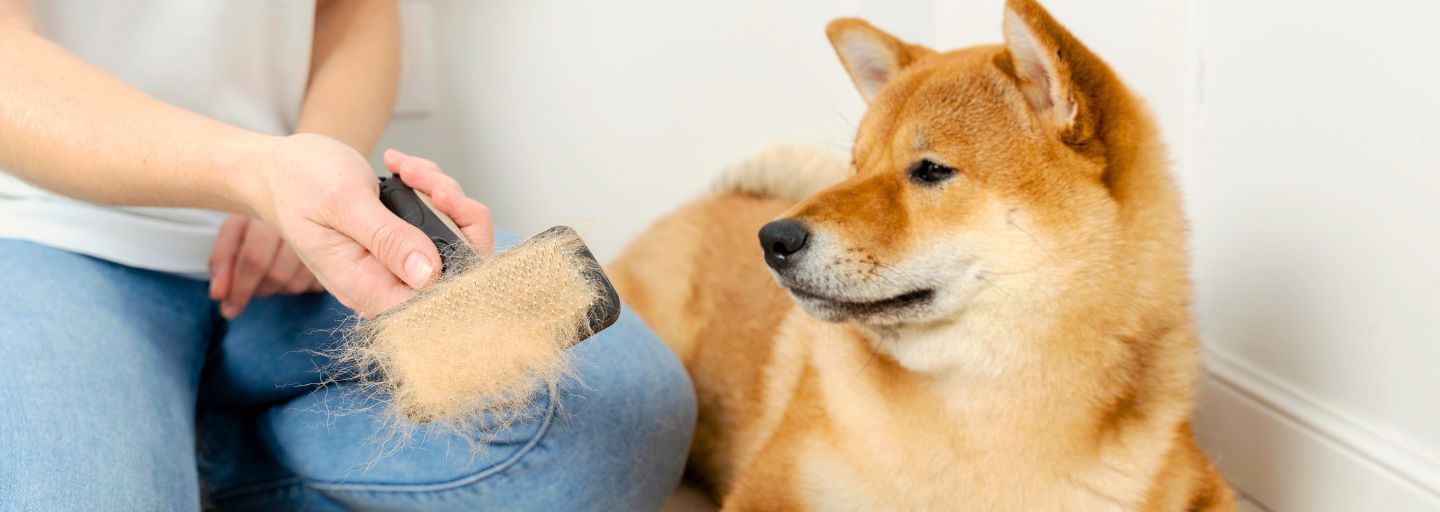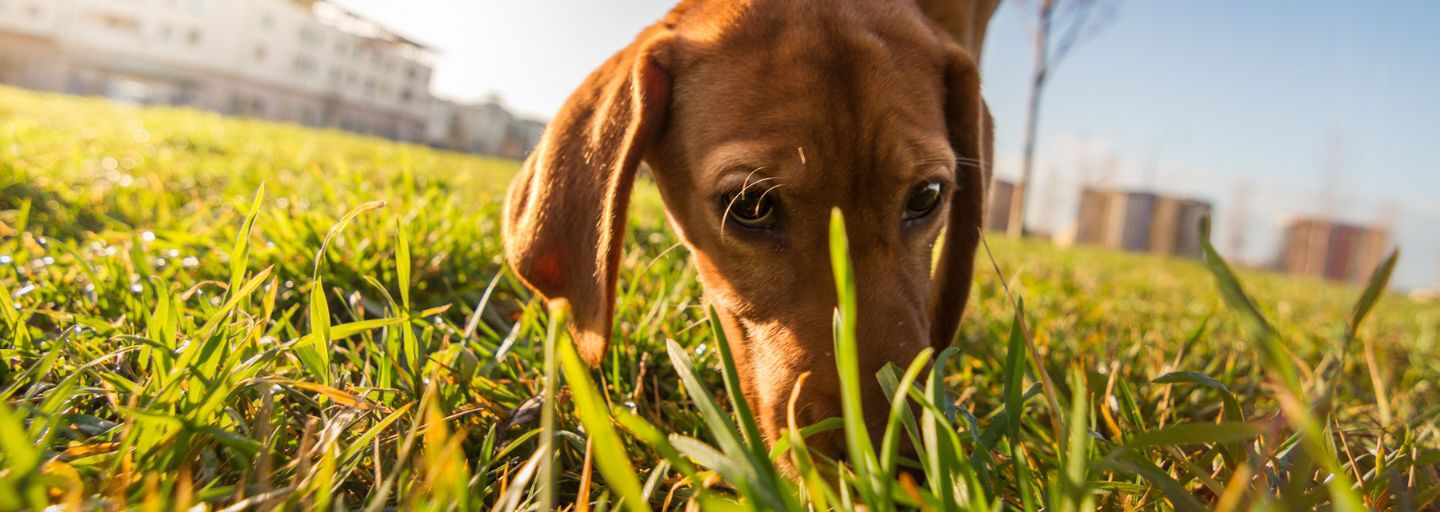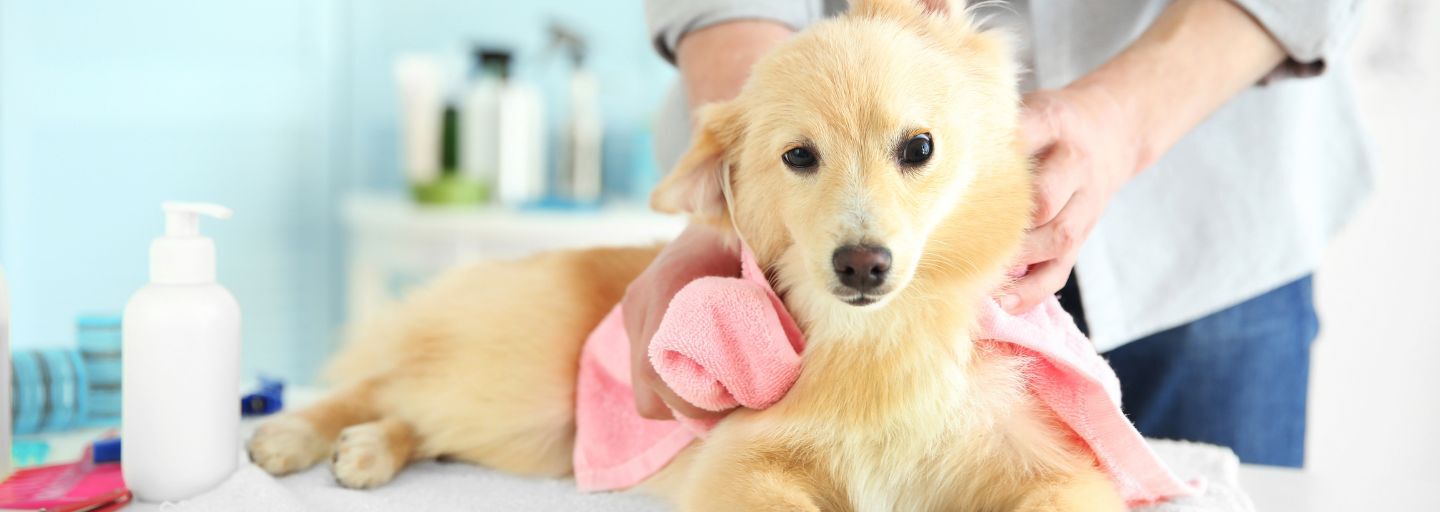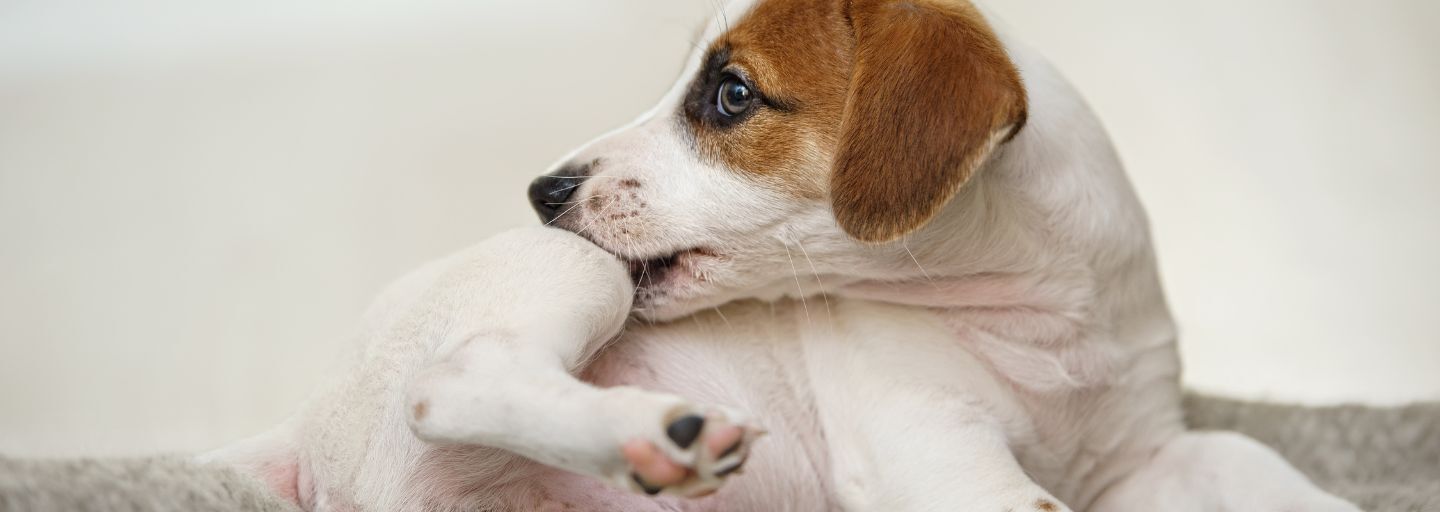If you're a dog owner, you're probably familiar with the never-ending battle against dog hair. It seems like no matter how much you brush or vacuum, there's always more hair to contend with. But have you ever wondered why dogs shed in the first place? Shedding is a natural process for dogs, and understanding the reasons behind it can help you manage it more effectively.
What causes shedding in dogs?
- Seasonal Changes: One of the primary reasons dogs shed is due to seasonal changes. Many dog breeds have a double coat, consisting of a dense undercoat and a protective topcoat. The undercoat helps to insulate the dog during colder months, while the topcoat provides protection from the elements. As the seasons change, dogs shed their undercoat to adjust to the temperature. This shedding process is often more noticeable in spring and fall when dogs transition between warmer and cooler weather.
- Temperature Regulation: Shedding also plays a crucial role in temperature regulation for dogs. In warmer months, dogs shed their heavier winter coat to help keep them cool. Shedding allows for better air circulation through the coat, preventing overheating. Conversely, in colder months, dogs grow a thicker coat to provide insulation and retain body heat. This natural shedding cycle helps dogs maintain a comfortable body temperature throughout the year.
- Hormonal Changes: Hormonal changes can also influence shedding in dogs. Female dogs may experience increased shedding during heat cycles or after giving birth. Male dogs may shed more during times of hormonal fluctuations as well. Additionally, certain medical conditions or medications that affect hormone levels can contribute to excessive shedding. If you notice a sudden or significant increase in shedding, it's advisable to consult with a veterinarian to rule out any underlying health issues.
- Breed Characteristics: Different dog breeds have varying degrees of shedding. Some breeds are known for their minimal shedding, while others are considered heavy shedders. Breeds with longer hair or double coats, such as Golden Retrievers, German Shepherds, and Huskies, tend to shed more. On the other hand, breeds with shorter hair, like Greyhounds or Boxers, may shed less. It's important to research and understand the shedding tendencies of specific breeds before bringing a dog into your home.
- Health and Nutrition: A dog's overall health and nutrition can also impact shedding. Dogs with poor nutrition or underlying health issues may experience excessive shedding or a dull, dry coat. Providing a balanced diet with high-quality ingredients can help promote healthy skin and coat. Regular veterinary check-ups and addressing any health concerns promptly can also contribute to minimising shedding.
How to Manage Shedding
While shedding is a natural process, there are steps you can take to manage it more effectively:
- Regular Brushing: Regular brushing helps remove loose hair and prevents it from ending up all over your home. The frequency and type of brush will depend on your dog's coat type. Consult with a groomer or veterinarian for guidance on the best brushing techniques and tools for your dog.
- Bathing and Conditioning: Regular bathing with a dog-specific shampoo and conditioner can help keep your dog's coat healthy and reduce shedding. However, be cautious not to over-bathe, as it can strip the coat of natural oils and lead to dryness.
- Healthy Diet: Providing a balanced and nutritious diet can contribute to a healthy coat and minimise excessive shedding. Consult with your veterinarian to ensure your dog's diet meets their specific nutritional needs.
- Regular Veterinary Check-ups: Regular veterinary check-ups are essential for monitoring your dog's overall health, including their skin and coat condition. Addressing any underlying health issues promptly can help manage shedding.
- Environmental Control: Regularly vacuuming and using lint rollers can help control loose hair in your home. Providing your dog with a designated area, such as a comfortable bed or blanket, can also help contain shedding to specific areas.
When to Be Worried About Shedding
Shedding is a normal and natural process for dogs, but there are instances when excessive or abnormal shedding may indicate an underlying issue. Here are some signs to watch for that may indicate it's time to be concerned about your dog's shedding:
- Sudden Increase in Shedding: If you notice a sudden and significant increase in shedding, it could be a cause for concern. Rapid shedding that is not related to seasonal changes or hormonal fluctuations may indicate an underlying health problem. It's advisable to consult with a veterinarian to rule out any medical conditions that could be contributing to excessive shedding.
- Bald Patches or Irregular Hair Loss: If you observe bald patches or areas of irregular hair loss on your dog's coat, it's important to investigate further. This could be a sign of a skin infection, allergies, parasites, or other dermatological issues. A veterinarian can examine your dog and recommend appropriate treatment options.
- Scratching, Redness, or Inflammation: Excessive scratching, redness, or inflammation along with shedding may indicate an underlying skin condition. Allergies, fungal or bacterial infections, or parasites like fleas or mites can cause these symptoms. If your dog is experiencing discomfort or if the skin appears irritated, it's best to seek veterinary advice.
- Changes in Behaviour or Appetite: If your dog's shedding is accompanied by changes in behaviour, such as lethargy, loss of appetite, or other signs of illness, it could be a sign of an underlying health issue. Dogs are masters at hiding discomfort, so any noticeable changes in behaviour should be taken seriously and evaluated by a veterinarian.
- Excessive Hairballs or Digestive Issues: While it's normal for dogs to ingest some hair during grooming, excessive hairballs or digestive issues may indicate a problem. If your dog is vomiting hairballs frequently or experiencing gastrointestinal disturbances, it's important to consult with a veterinarian to determine the cause and appropriate treatment.
Remember, shedding is a natural process, and it's normal for dogs to shed to some extent. However, if you notice any of the above signs or if you have concerns about your dog's shedding, it's always best to consult with a veterinarian. They can assess your dog's overall health, conduct any necessary tests, and provide guidance on managing shedding or addressing any underlying issues.
By staying vigilant and monitoring your dog's shedding patterns and overall well-being, you can ensure that shedding remains within normal limits and address any potential concerns promptly. Your veterinarian is your best resource for personalised advice and guidance based on your dog's specific needs and circumstances.







